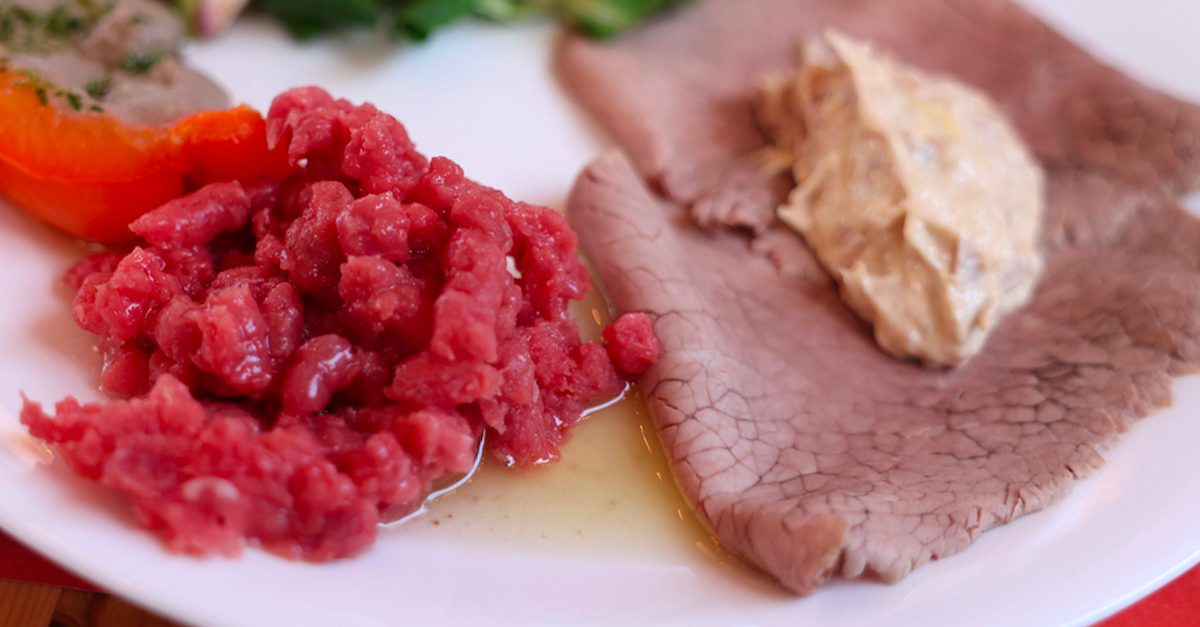What is The Difference Between Crispy and Crunchy?
While "crispy" and "crunchy" are terms that have sparked much debate, they represent just the tip of the iceberg in the wide world of food textures. By going beyond these terms, we open the door to a richer, more varied culinary landscape, where texture takes its rightful place alongside flavor, aroma, and presentation as a key element in an unforgettable dining experience.
;Resize,width=742;)
- Crispy and Crunchy are Not Interchangeable: "Crispy" often refers to a lighter, more delicate texture that shatters easily upon biting, commonly found in foods like fried chicken or thin cookies. In contrast, "crunchy" signifies a harder, more substantial texture, as seen in foods like raw carrots and hard-baked bread.
- Cooking Methods Matter: Different cooking techniques can achieve either a crispy or crunchy texture. For example, deep-frying and roasting at high temperatures usually yield crispy results, while baking and roasting at lower temperatures can create a crunchy texture.
- Textural Awareness Enhances Culinary Experience: Understanding the nuanced differences between "crispy" and "crunchy" can enrich our cooking and eating experiences. It can also guide chefs and home cooks in creating dishes that offer a balanced interplay of textures, leading to more satisfying meals.
When it comes to food, flavor is often the first thing that comes to mind. However, texture plays an equally significant role in our overall dining experience. There are subtle yet crucial differences between "crispy" and "crunchy," two terms that are often used interchangeably but signify distinct sensory experiences. Now, let's go a step further and explore how the knowledge of these textures influences our culinary choices and cooking methods.
The Texture Spectrum
The dichotomy between "crispy" and "crunchy" is only a small fraction of the broad spectrum of textures that foods can possess. From the creamy texture of mashed potatoes to the chewy consistency of pasta, these textural elements are essential in creating a balanced plate. Recognizing the differences can be invaluable, especially for chefs and home cooks looking to add variety to their dishes.
Pairing Textures for Balance
Just as flavors are carefully paired to create harmony in a dish, textures should also be considered. Imagine the delightful interplay between the crispy lettuce and the soft, juicy tomato in a well-crafted sandwich. Or consider how the crunchy crust of a sourdough bread complements the creamy, velvety texture of a tomato bisque. By understanding the nuances between "crispy" and "crunchy," chefs can make informed decisions on how to pair textures for a more compelling dining experience.

Cooking Methods Revisited
The choice of cooking method can significantly impact the texture of food. But the exploration shouldn't stop at frying for crispy textures and roasting for crunchy ones. Sous-vide, for example, can lend a succulent, tender texture to meats that contrasts wonderfully with a crispy side dish. Grilling, on the other hand, can add a smoky flavor and slightly crunchy exterior to vegetables, offering a different kind of textural experience.

The Health Angle
Texture also affects our food choices from a health perspective. Crispy foods are often associated with frying, a cooking method that might not align with certain dietary guidelines. On the flip side, crunchy foods like raw vegetables and nuts are often seen as healthier options. Being aware of the textural elements can help consumers make more informed decisions about their diet.
;Resize,width=767;)

;Resize,width=712;)
;Resize,width=712;)
